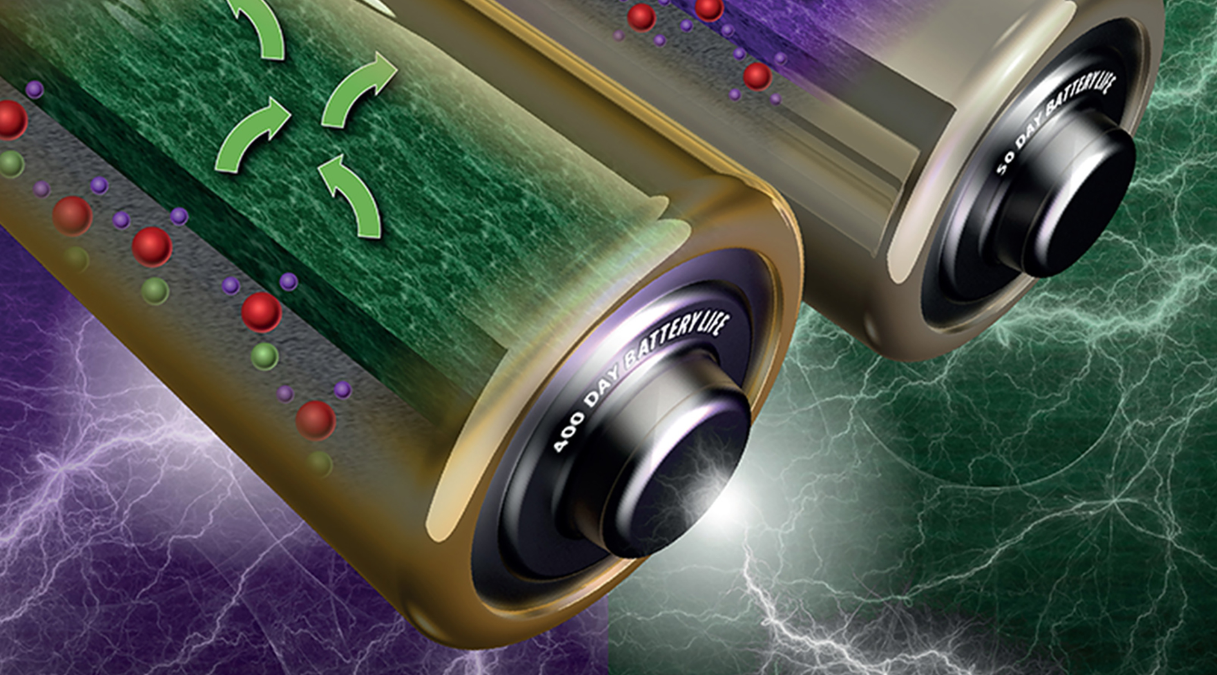All-solid electrolytes could lead to a technological breakthrough in the performance of all-solid-state batteries when combined with a lithium-metal anode. However, the use of a lithium-metal anode presents several challenges, such as dendrite growth, interface electrochemical stability, formation and propagation of cracks, and delamination of the electrode/electrolyte interfaces.
This work aims to explore the effectiveness of using newly synthesized 2D graphyne-based membranes (namely graphyne, graphdiyne, and graphtriyne) for electrode protection in a solid polymer electrolyte battery through first-principle calculations, nudged elastic band method, and classical molecular dynamics simulation.
Specifically, we aim to investigate the effectiveness of these membranes in mitigating the aforementioned challenges.
—Lemaalem
The researchers proposed an alternative solution that prevents direct contact between electrolytes and electrodes by coating the electrodes with graphyne-n (n = 1, 2, 3) layers that are permeable to small cations, such as Li+ and Na+.
Graphyne (n=1), graphdiyne (n=2), and graphtriyne (n=3) are 2D carbon allotropes composed of acetylenic linkages (sp-) and benzene (aromatic rings) (sp-hybridized carbon atoms). Graphyne is a one-atom-thick planar sheet. Graphdiyne, synthesized since 2010, is the most stable non-natural carbon allotrope containing diacetylene bonds. Because of a porous structure containing triangular pores of sizes 3.94 Å, 5.42 Å, and 6.69 Å for graphyne, graphdiyne, and graphtriyne, respectively, and conjugated carbons, graphyne-n provides storage sites and diffusion pathways for small ions such as Li+.
The Li+ can thus diffuse in parallel and perpendicular directions to the graphyne-n layers, making graphyne-n a promising 2D material in energy-storage batteries.
The studied battery model consisted of solid polymer electrolytes (SPEs) delimited by two graphyne-n surfaces, where each surface is composed of four layers of a graphyne-n sheet, with n=1, 2, or 3.
The researchers applied a high external electric field of up to 0.5 V/Å, 0.75 V/Å, and 1 V/Å to accelerate the ion diffusion process. The adsorption energies, charge transfer, and in-plane/out-plane diffusion of single lithium on graphyne-based surfaces were investigated. Afterward, they calculated and compared the Li permeability, the electrolyte molecules’ rejection efficiency, and the intrinsic properties of graphyne-based nanoporous membranes.
Resources
Mohammed Lemaalem, Nabil Khossossi, Gaelle Bouder, Poulumi Dey, Philippe Carbonnière (2023) “Graphyne-based membrane as a promising candidate for Li-Battery electrodes protection: Insight from atomistic simulations,” Journal of Power Sources, Volume 581 doi: 10.1016/j.jpowsour.2023.233482
